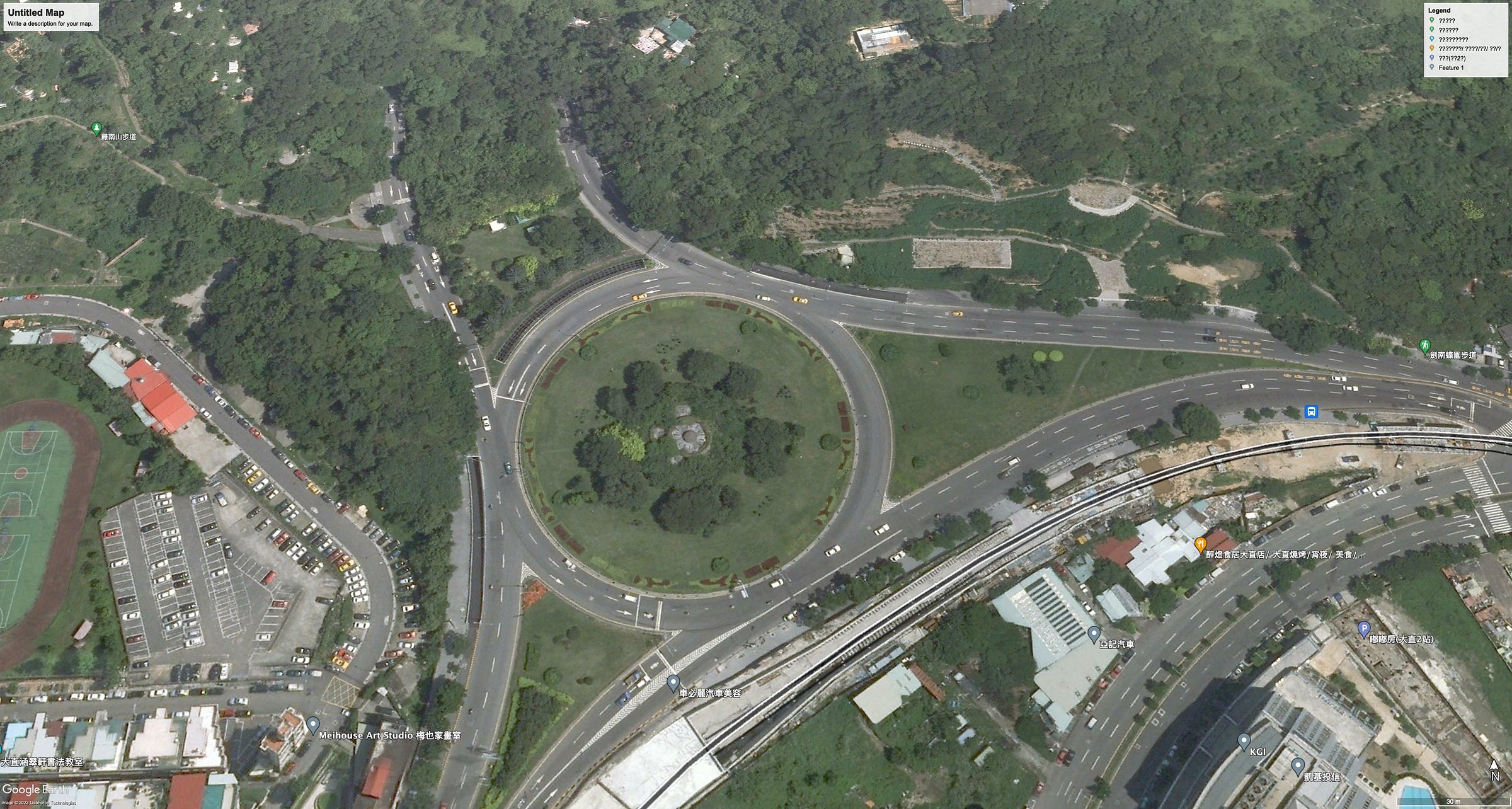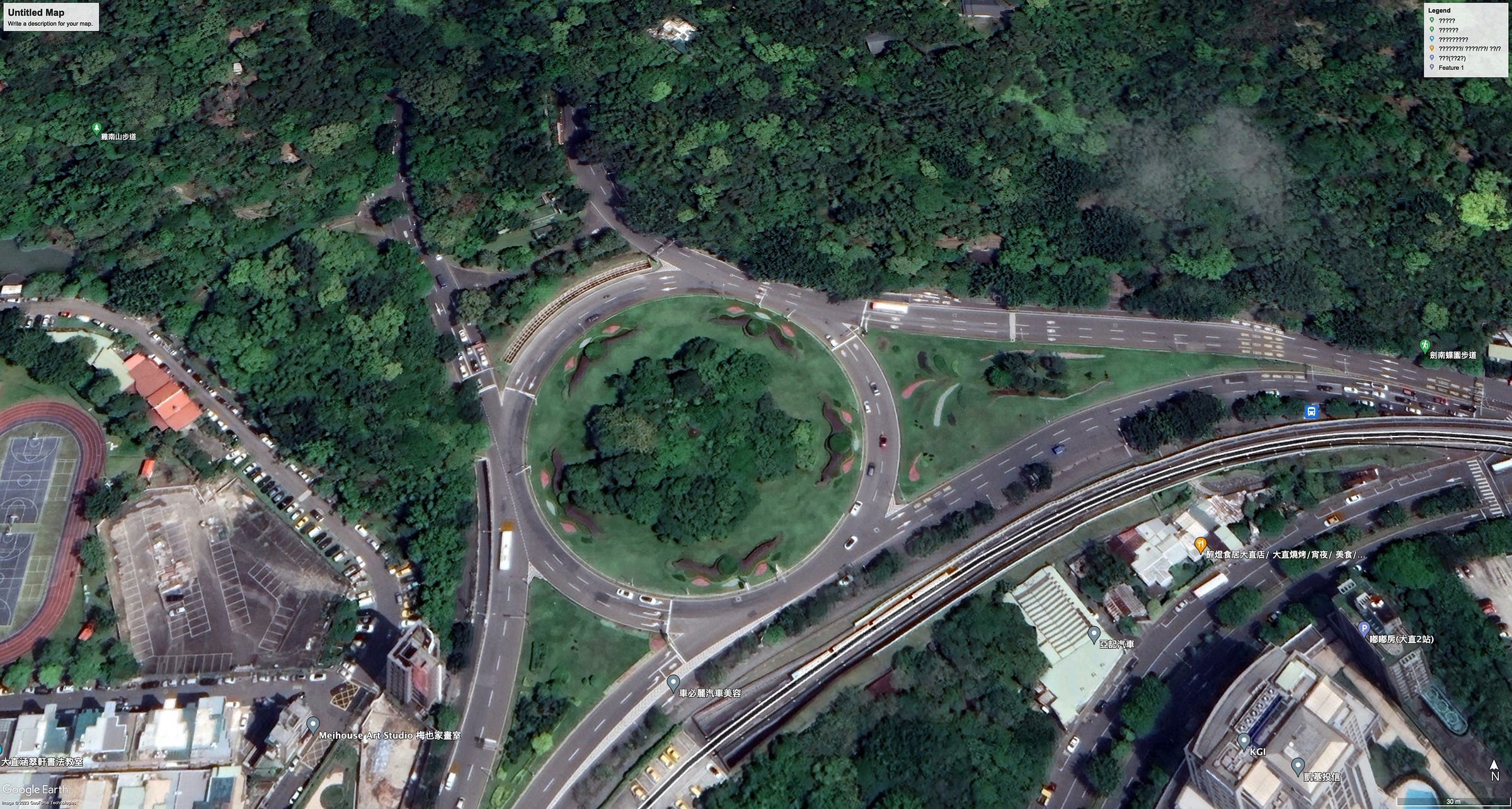Fengqi Sunset Trail Tunnels and Bunkers: Lost Labyrinth Revisited 回到天得堂風氣步道防空洞
The Past Is Only Yesterday
China In Arms BOOKSTORE and GIFT SHOP!
Follow on Twitter
Enjoy China In Arms on the big screen!
Subscribe: $5 Month/$50 Annual (unable to secure a subscription contact the bank for permission for Stripe deposits). If you continue to have problems, please notify me immediately: chinainarms@substack.com
16 February 2023
Fengqi Sunset Trail Tunnels and Bunkers: Lost Labyrinth Revisited 回到天得堂風氣步道防空洞
The Past Is Only Yesterday
By Wendell Minnick (Whiskey Mike) 顏文德
TAIPEI - Now that Taiwan faces an invasion from China, it might be a good time to remind the reader that war is no stranger to Taiwan.
From the first historical use of chemical warfare in Asia by Japan against an aborigine uprising in 1930, to the U.S. aerial bombing campaign of Japanese facilities and the city of Taipei itself in WW 2, and to the presence of the U.S.-Taiwan Defense Command that ended in 1979.
It has been 100 years of violence. The end of the U.S. Mutual Defense Treaty in 1979 has calmed the island a bit, but the recent missile crisis with China is a reminder that the ghosts of the past can rise from the grave quickly.
Now there is another reminder of Taiwan’s military past! Brought to you by a group of explorers who have mapped out the bunkers and tunnels of a forgotten age.
The Fengqi Sunset Trail Tunnels and Bunkers: Lost Labyrinth Revisited is a required side trip for anyone interested in military history. It is difficult to reach, but the group provides GPS and other directions and maps (including a map of the tunnels).
Taiwan’s nicknames were often military related: Fortress Formosa or The Unsinkable Aircraft Carrier. And Taiwan was a major rest and relaxation hub for U.S. soldiers fighting in Vietnam; there was even a sex guide book for visitors: Taipei After Dark.
During the 1950s and 1960s the CIA ran a variety of covert operations against mainland China from Taiwan, including the Black Bats and Black Cats air reconnaissance programs and not to forget the CIA’s airline covers: Civil Air Transport and Air Asia in Tainan (see Air America as well). There was also the CIA front company Western Enterprises.
We will see if the removal of bunkers, pillboxes and tunnels during the past 30 years was a good idea when China invades. There were pillboxes in Taipei when I arrived in 1993, but were removed in the 2000s. Many were harmless and nicely camouflaged to blend in with the city’s landscape.
One in particular, just below the Hengshan Defense Command Center in Dazhi remains. Though pine trees and bushes were planted around it to hide it from civilians who were caught climbing into it. This location, a roundabout, is a choke point. See if you can find it for fun, but be warned there are cameras monitoring it from trespassers.
ABOVE: 2006 Google Earth.
ABOVE: 2022 Google Earth.
Note the Chock Point with four different egress/exit roads available during a war. The two on the upper left are tunnels.
From this round pillbox, the enemy would have to overcome this obstacle before securing the Hengshan Defense Command Center. With modern missile and/or precision strike bombs, I doubt it would last long in a war, but it still remains there for a backup should China fail to destroy it due to Taiwan’s air defense capabilities.
END





